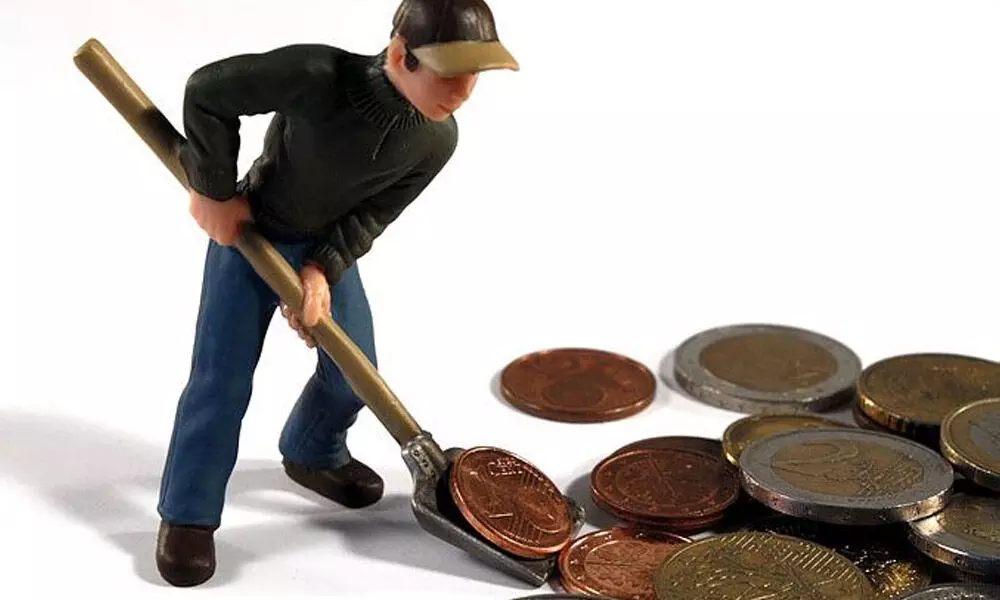Why cheap is best

Why cheap is best
Close to 9.1 per cent to 9.4 per cent of the world’s population is expected to be pushed into extreme poverty as a fall out of the pandemic
Close to 9.1 per cent to 9.4 per cent of the world's population is expected to be pushed into extreme poverty as a fall out of the pandemic. A World Bank estimate suggests about 88 million to 115 million people will become extremely poor, living on less than $1.50 per day, because of the pandemic which has crippled economies like never before.
Many may consider this as the death knell for innovation given the paucity of capital for R&D and a market receptive for new products. Necessity is the mother of invention, however, is an adage that has aged well. Human ingenuity has never been a hostage of circumstances. If anything it has circumvented obstacles to device solutions.
Many would cite India's clay fridge as an example. And then there are the African ways of charging mobile phones using bicycles.
When companies invest billions of dollars in R&D and building newer products, they are quite naturally going to pass on the cost to the customer. In many developed economies that is how growth has been fuelled over the years. Parts of the developing world that did not invest in R&D bought manufactured products from other countries. When the pandemic hit the world and the traditional supply lines suddenly snapped, nations realised the need for indigenous manufacturing. The developed world, however, is still not ready to share R&D with the developing or underdeveloped nations.
In September, a Comptroller and Auditor General (CAG) report said French firm Dassault Aviation did not meet its offset obligation in the Rs 59,000 corer deal with Indian for 36 Rafael jets by offering cutting-edge technology to India's Defense Research and Development Organization. At a time India is betting big on building Atmanirbhar Bharat, frugal innovation may hold the key. Frugal innovation reduces the cost of doing much of the work, lowers cost of production and helps to increase profit margin. These steps are crucial for eradicating poverty.
Low-cost technological solutions open the doors for new opportunities to do business. With a little support from government, such as the one provided under Mudra scheme, aspiring entrepreneurs can become employers and help increase household incomes.
Chinese smart phone vendor Xiaomi grew its business by selling high-end devices at one-third of the price of Apple products. Chinese manufacturer of cars and rechargeable batteries, BYD, managed to reduce the price of lithium-ion batteries by using less costly raw materials and producing them at ambient temperatures instead if expensive heated dry rooms.
Affordable solutions from China soon became ubiquitous in India until, of course, the pandemic came knocking.
In 2002, middle class in China constituted about 4 per cent of its population. Over the next 10 years, the numbers rose to 31 per cent of the population. These were people who had been pulled out of poverty because of China's push in the manufacturing sector. A middle class person is someone who can take care of her primary needs like food, clothing and housing.
The pandemic has led to a diminishing purchasing power for people. People have lost jobs, which are coming back but rather slowly. Many have faced pay cuts and even those who have managed to escape both job losses and salary cuts remain uncertain about how the future will unfold.
The International Monetary Fund has predicted return to over 8 per cent growth for India in 2021 as the fastest-growing global economy, but a return of growth to pre-pandemic levels is unlikely before 2022. Before the pandemic too India had witnessed several quarters of jobless growth.
People who slip into poverty in this period will take a long long while to come out of it. What can hasten this coming out process if low-cost technology, which is fast to create and easy to consume. In periods like this people buy only absolute essentials. So, even big businesses will have to move towards providing frugal solution to channel India's recovery.
(The author is Chairman and CEO, MSys Group)














